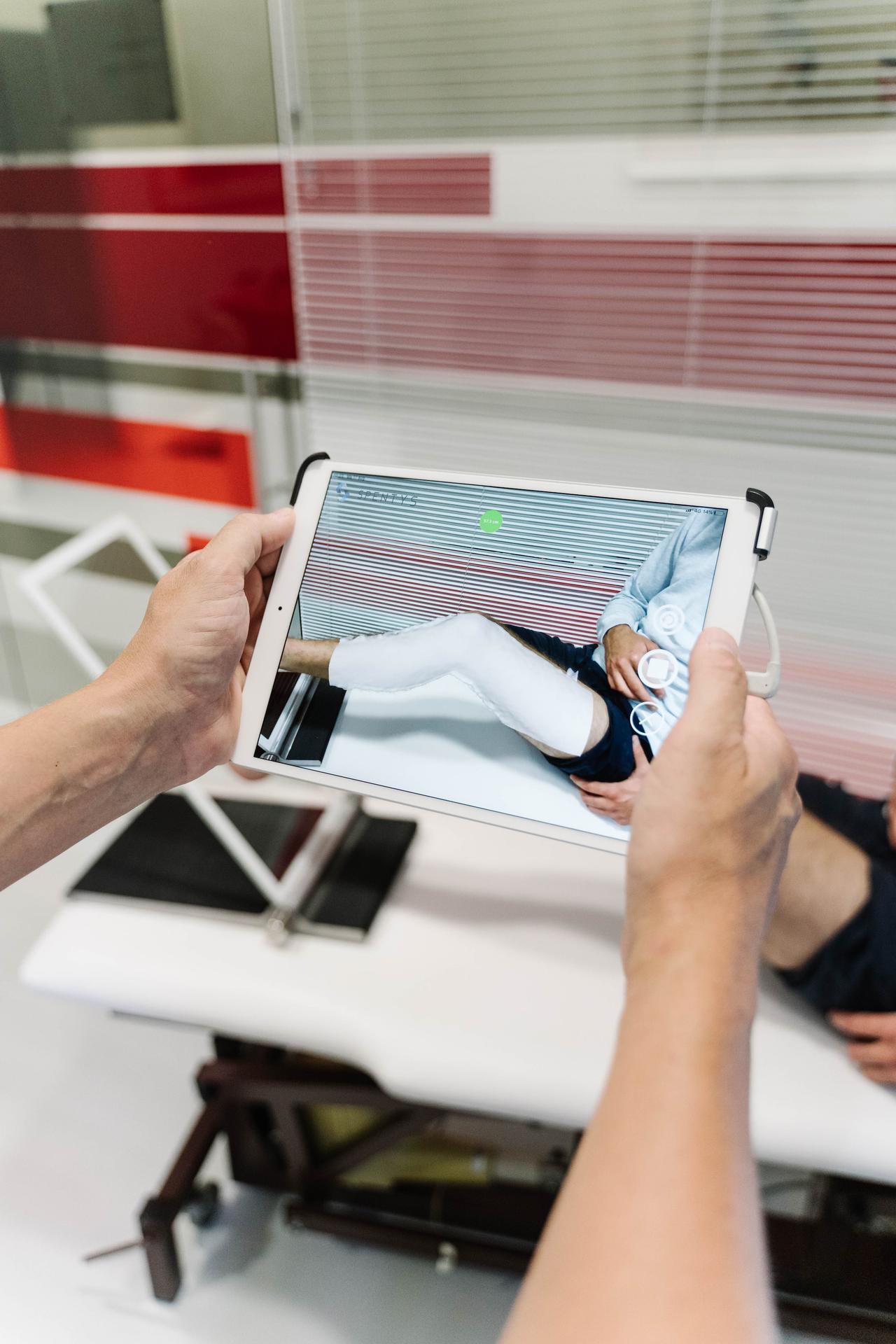In recent years, there has been a surge in the development and adoption of wearable technology. This includes everything from fitness trackers to smartwatches to medical devices. And while many people use wearables simply to track their steps or monitor their heart rate, the healthcare industry is starting to see the potential benefits of this technology as well.
From reducing hospital readmissions to improving clinical decision-making, wearable tech has the potential to transform the healthcare system for the better. In this blog post, we'll explore some of the ways that wearable technology is benefiting the healthcare system.
At Doha Inc. we work to offer the very best in technology—whether it be for pleasure or lifesaving tech. All of our technology offers a 30-second startup promise, meaning we deliver fast, cohesive, and functional tech. Read on for everything you need to know about wearable technology in the medical field.
Put simply, wearable technology is technology that is designed to be worn whilst in use. This can be something as simple as a Fitbit or as complicated as medical tech. Medical wearables are a unique kind of wearable tech.
Essentially, medical wearables utilize sensors, actuators, software, and electronic patches attached to the skin to monitor a patient’s health, identify anomalies, and even treat health conditions. Examples include everything from a wearable vital signs monitor to a smartwatch glucose monitor or wearable pain relief devices. In recent years, wearable technology has brought some great innovations in the field. Doctors and patients alike have been able to use wearable tech to improve their lives and the lives of patients.
One of the main goals of wearables in healthcare is to reduce hospital readmissions. Studies have shown that as many as 20% of all Medicare patients are readmitted to the hospital within 30 days of being discharged. Not only does this have a negative impact on patients' health, but it also drives up costs for both patients and hospitals.
Wearable tech can help reduce hospital readmissions by providing real-time data that can be used to identify early warning signs of complications. For example, if a patient with congestive heart failure starts to experience an increase in their heart rate or blood pressure, that data can be transmitted wirelessly to their physician. The physician can then decide whether or not the patient needs to be readmitted to the hospital for treatment.
In addition to reducing hospital readmissions, wearable tech is also helping to improve clinical decision-making. Physicians are now able to access a wealth of real-time data that they can use to make more informed decisions about their patients' care.
For example, let's say a patient comes into the emergency room complaining of shortness of breath. The physician could order a standard chest x-ray, which would likely show that the patient has pneumonia. However, by looking at data from a wearable respiratory monitor, the physician could see that the patient's oxygen levels are low and their breathing rate is high. Based on this information, the physician could make a more informed decision and order a CT scan instead of a chest x-ray. This would not only save time but could also potentially save lives.
The healthcare industry is starting to see the potential benefits of wearable technology. From reducing hospital readmissions to improving clinical decision-making, wearables have the potential to transform the healthcare system for the better. If you're interested in exploring how wearable tech can benefit your life, contact Doha Inc. today for a more info on wearable tech!
